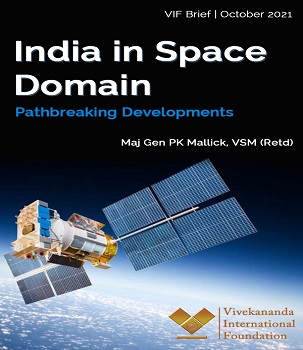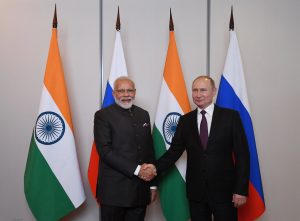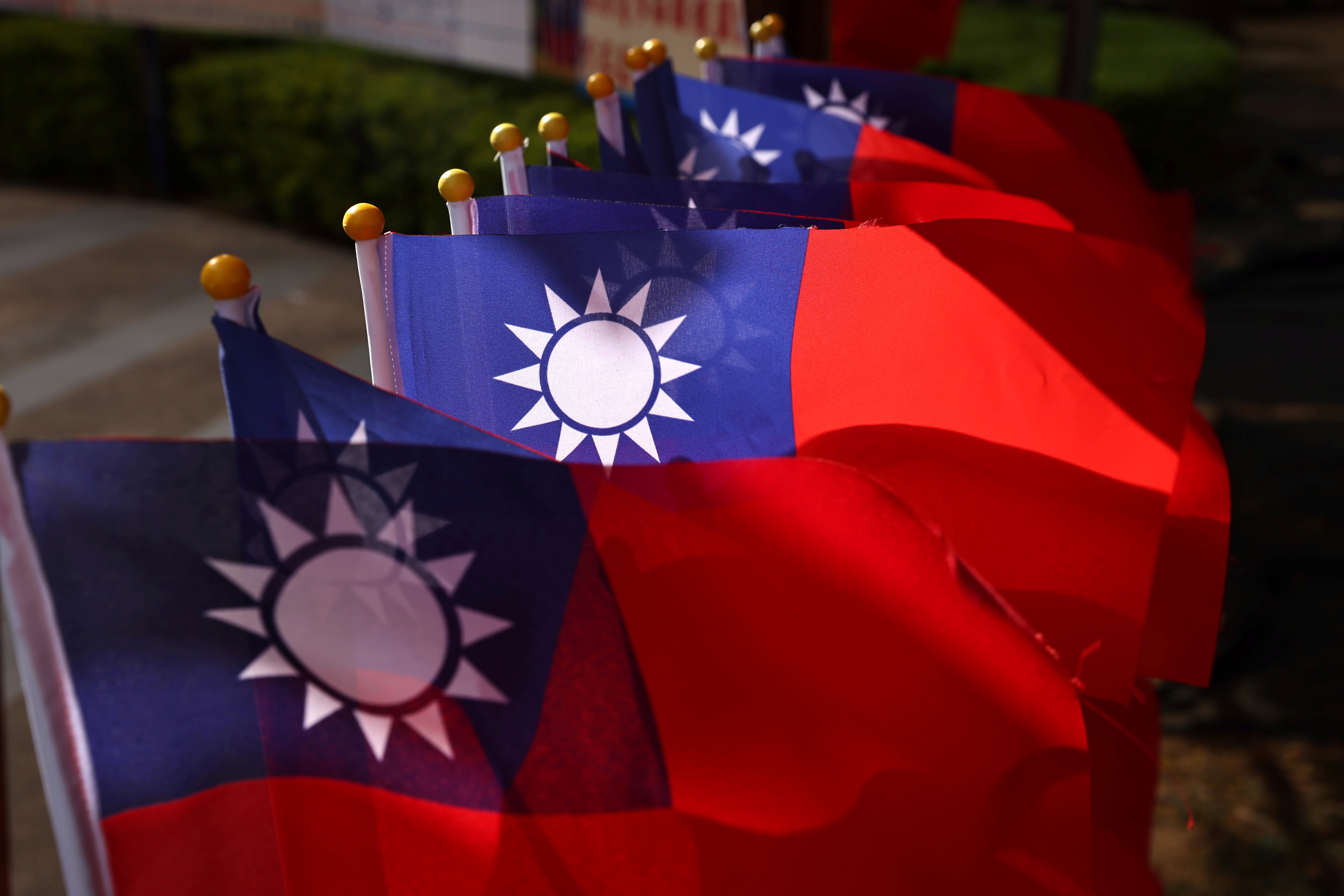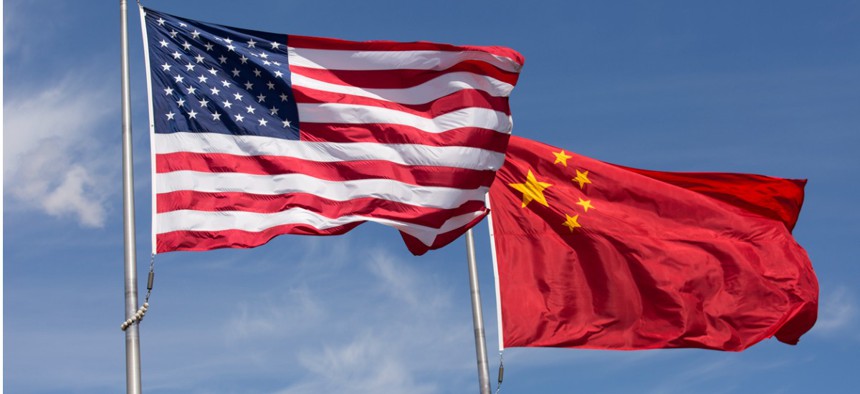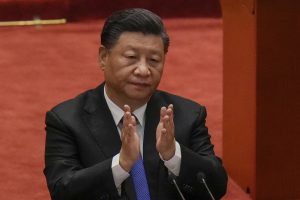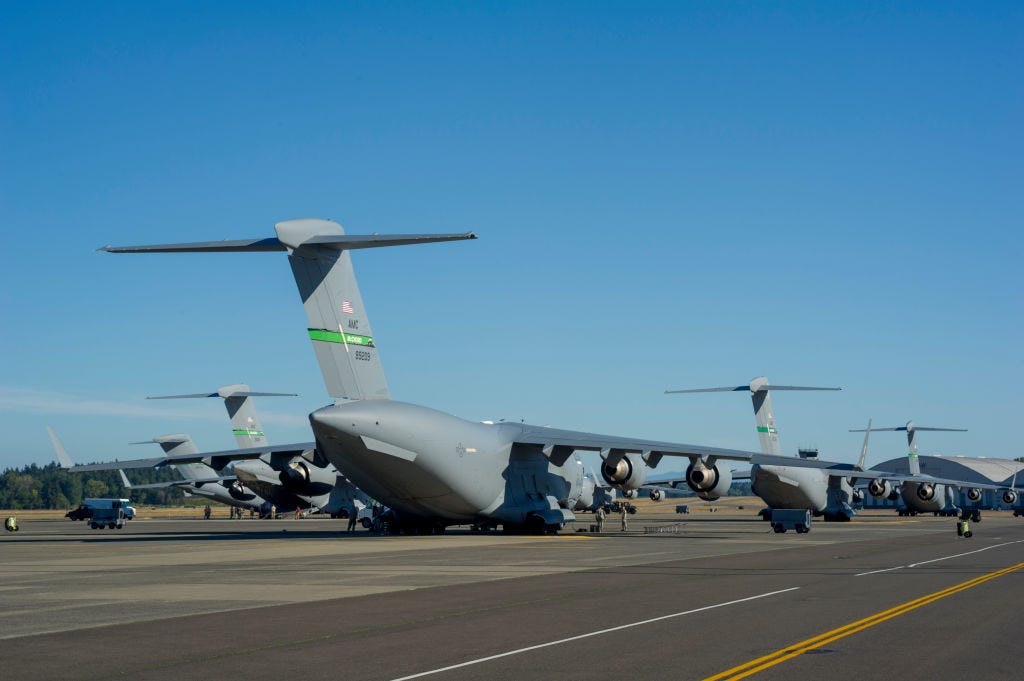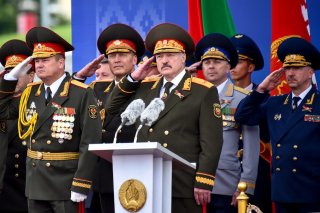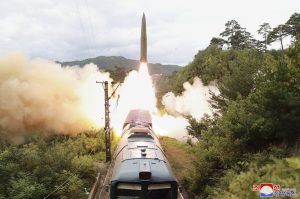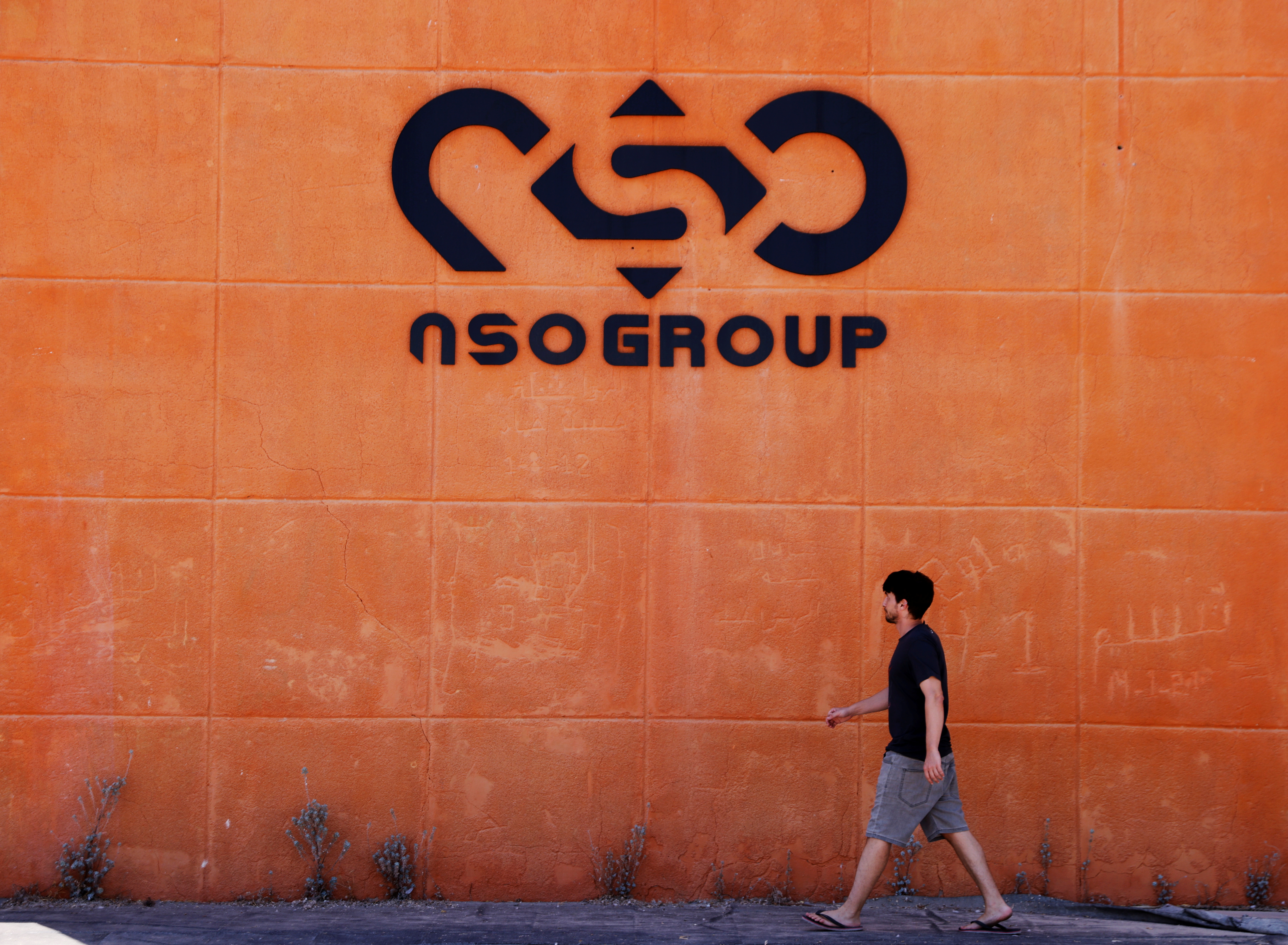Despite concerns over the environmental impact of industrial mining and the contribution that fossil fuels make to global warming, resource extraction continues to be a major source of revenue for both developing countries and wealthier nations alike. In fact, the amount of resources being pulled from the earth has tripled since 1970, though the global population has only doubled in that time.
Global efforts to reduce carbon emissions as part of climate change diplomacy notwithstanding, fossil fuels remain among the most prized extractives, for a simple reason: Global demand combined with the wealth they generate have historically given some countries, including members of the Organization of the Petroleum Exporting Countries, outsized global influence.
The lucrative contracts associated with the extractive sector help to explain why resource extraction remains central to many developing countries’ strategy to grow their economies. But the windfalls don’t come without risks, most prominent among them being the “resource curse” that can plague countries that fail to diversify their economies to generate alternate sources of revenue. Corruption can also thrive, especially when government institutions are weak. When the wealth generated from resource extraction isn’t fairly distributed, it can entrench a permanent elite, as in Saudi Arabia, or fuel persistent conflicts, as in the Democratic Republic of Congo. And the environmental damage caused by the extractive industries has decimated local communities and driven social protest movements around the world.

